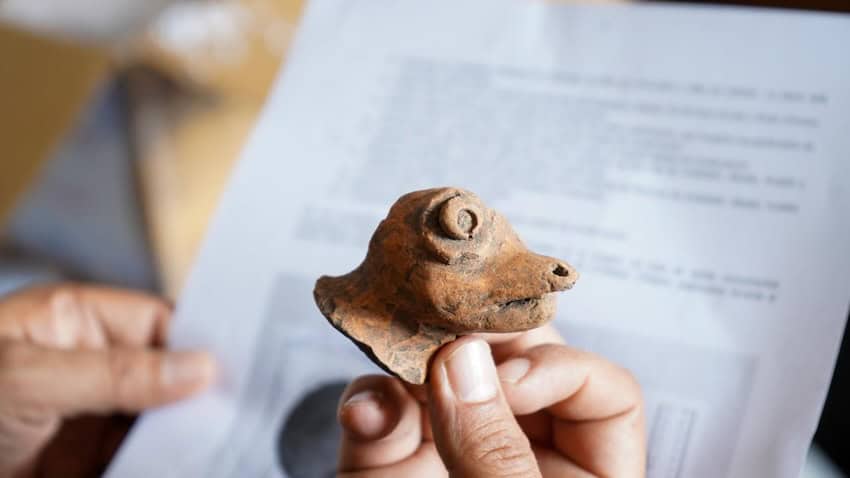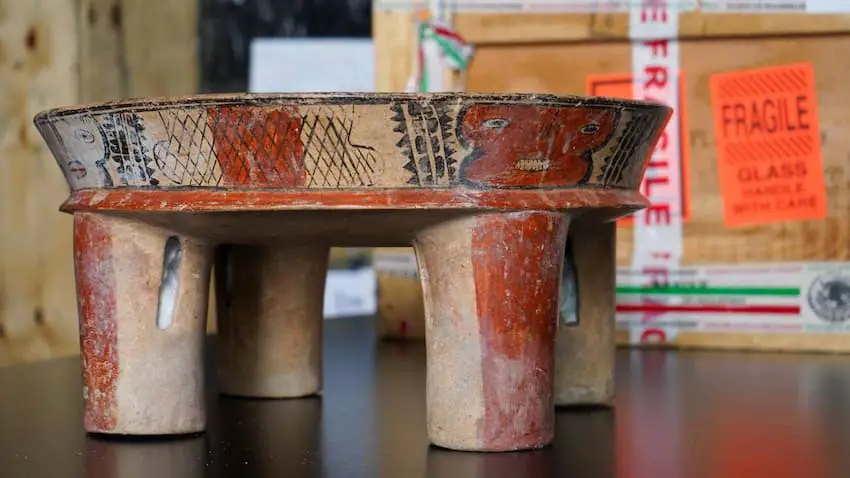With the recent return of 279 Mexican archaeological artifacts from Europe, South America and the United States, roughly 14,000 pieces have been recovered since Dec. 1, 2018.
Last weekend, the Foreign Relations Ministry (SRE) announced it had handed over the recovered artifacts to the National Institute of Archaeology and History (INAH) which has confirmed they are indeed part of Mexico’s cultural patrimony.

Mexico’s historically significant artifacts are protected by the federal Archaeological, Artistic and Historic Monuments Law which aims to preserve, conserve and protect Mexico’s cultural patrimony.
A joint communique issued by the SRE, INAH and the Culture Ministry on Aug. 17 did not specify when the 279 artifacts had been returned, but did state that items had been returned via Mexican embassies in Germany, Spain and the United Kingdom, as well as from Argentina and Canada.
Artifacts were also repatriated via Mexican consulates from across the country. Not mentioned were 32 pre-Columbian artifacts which a U.S. citizen turned over to the Mexican Consulate in Portland, Oregon, earlier this month.
The repatriated items ranged from human remains to elaborately carved jade and ceramic pieces, dating from 2500 B.C. to A.D. 1521.

They include bones from an infant dating to 800-500 B.C., returned from Montreal. From Germany came a stone tripod mortar that could be more than 4,000 years old. Mexican consulates recovered a delicately carved jade mask from the Classic period (A.D. 250-900) from Los Angeles, and from Las Vegas, a clay pot dating from the years 200-800.
Other Mexican artifacts recovered include a double-edged knife from the Altiplano Central found in Tucson, Arizona, and 19 artifacts dating from 1200-1521 that had been removed to the United Kingdom.
Since taking office in 2018, President Andrés Manuel López Obrador has lobbied strenuously for the preservation of and return of historical artifacts. In addition to the #MiPatrimonioNoSeVende campaign, he has established new protocols and legal strategies to repatriate items illegally removed from Mexico.
In November 2022, a 16th-century manuscript handwritten by Spanish conquistador Hernán Cortés was returned after it was stolen from Mexico’s national archive.
Much of the recovery work is thanks to a federal government task force created in 2023. The task force has worked with local authorities abroad to seek juridical redress and to halt auctions in New York, Paris and Rome. It also negotiates with academic institutions and museums to recover archaeological artifacts.
With reports from Proceso and La Jornada
